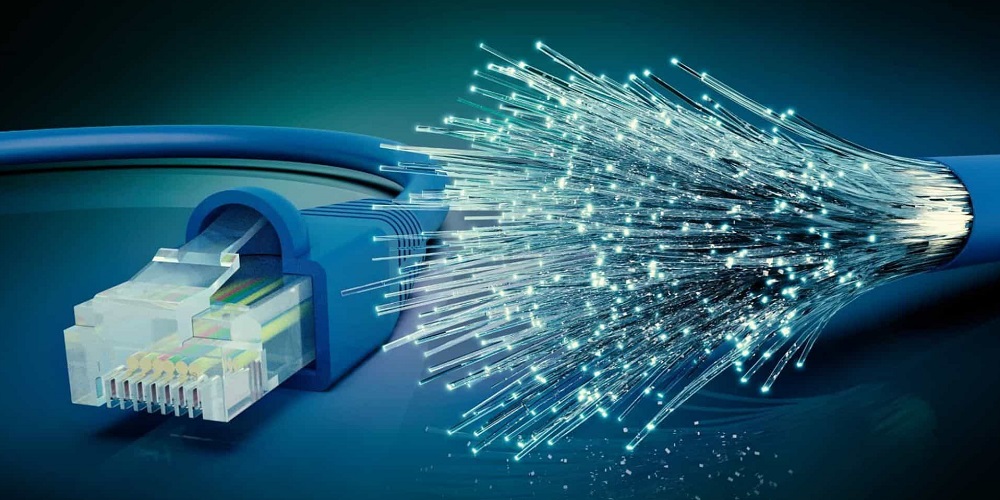Modern Internet access technologies

In the digital age, the Internet is the backbone of technological progress, connecting billions of devices and individuals across the globe. The technologies facilitating these connections are diverse, each with its unique set of capabilities, limitations, and applications. Understanding these technologies and the types of Internet connections they support is essential for navigating the modern world.
Wired Connection Technologies
Wired Internet connections are known for their reliability and speed, often preferred for stationary setups like homes and offices.
- ADSL Technology (xDSL): ADSL (Asymmetric Digital Subscriber Line) is a form of DSL technology that utilizes existing copper telephone lines to provide Internet access. It’s called “asymmetric” because it offers higher download speeds than upload speeds, catering to typical Internet usage patterns. ADSL is widely used due to its availability and cost-effectiveness, making it a common choice for residential Internet service.
- PON Technology: Passive Optical Network (PON) technology is a high-speed, fiber-optic Internet connection that delivers significant speed improvements over copper-based connections. PON is characterized by its passive, point-to-multipoint architecture, which reduces the amount of powered equipment needed for signal transmission. This technology is integral to implementing FTTH (Fiber to the Home) networks, providing a scalable and efficient solution for broadband access. To play at Winfest casino, it is recommended to use PON technology, thereby ensuring that you can play without losing your connection.
- FTTB (ETTH) Technology – Optical Cable: Fiber to the Building (FTTB) or Ethernet to the Home (ETTH) involves running optical fiber cables directly to a point near or inside the building. From there, other technologies, such as Ethernet, distribute the connection to individual units. This approach combines the high capacity of fiber optics with the versatility of Ethernet, offering high-speed Internet access to apartments and office buildings.

Wireless Connection Technologies
Wireless Internet connections provide flexibility and mobility, supporting a range of devices from smartphones to laptops.
- Mobile Internet (GPRS, 3G, 4G, 5G): Mobile Internet technology has evolved through generations, from the basic GPRS (2G) to the advanced 5G networks of today. Each generation has brought improvements in speed, capacity, and efficiency. 5G, the latest standard, promises ultra-fast speeds, lower latency, and the ability to connect more devices simultaneously, paving the way for innovations in smart cities, autonomous vehicles, and more.
- Directional Wi-Fi and Wi-Max Technologies: Directional Wi-Fi extends the range of traditional Wi-Fi through the use of directed antennas, focusing the signal in a specific direction to increase coverage and performance over longer distances. Wi-Max (Worldwide Interoperability for Microwave Access) is a wireless communication standard designed to provide high-speed broadband access over greater distances than Wi-Fi, making it suitable for providing Internet service in rural areas or as a last-mile broadband solution.
Each of these technologies plays a crucial role in the global Internet infrastructure, catering to different needs, environments, and applications. Wired technologies, with their stability and high speeds, are ideal for stationary, high-demand settings, while wireless technologies offer the freedom and flexibility required in a mobile, connected world.
The choice between wired and wireless connections, and among the various technologies within these categories, depends on factors such as location, usage requirements, and available infrastructure. As we move forward, the continued development of these technologies promises to bring even faster and more reliable internet access to more people, devices and winfest casino gaming experiences, fueling further innovation and connectivity in our increasingly digital world.
